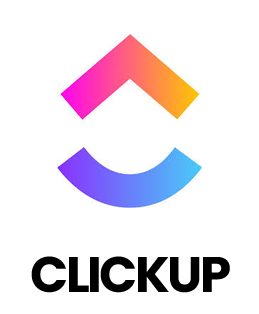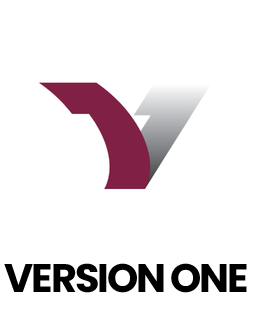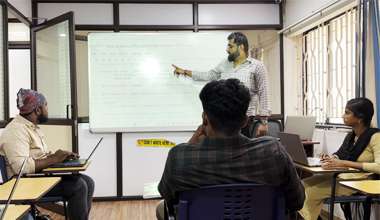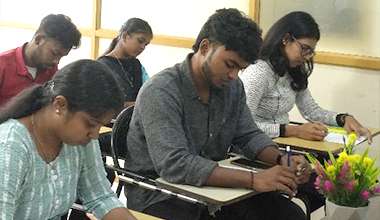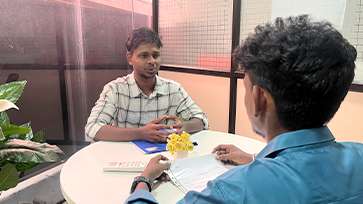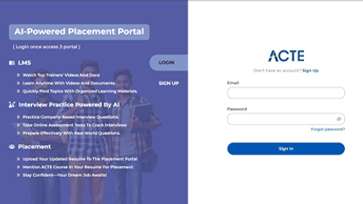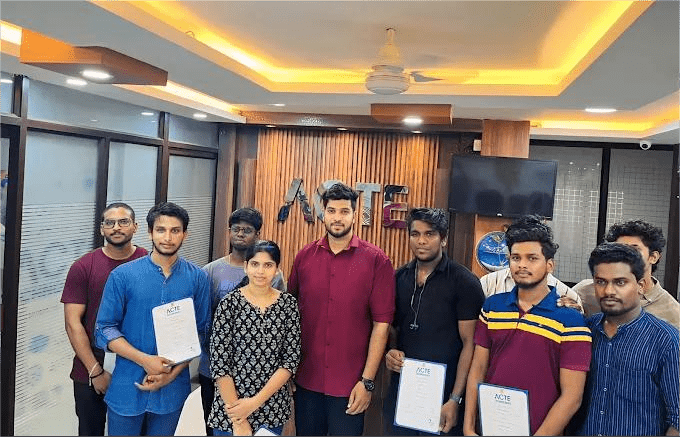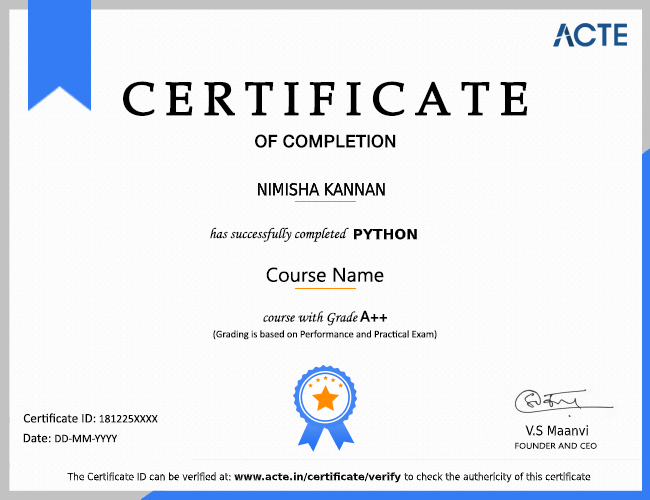1. Can you introduce yourself and your experience as a Scrum Master?
Ans:
I am a certified Scrum Master with hands-on experience in facilitating Agile teams. I manage sprint planning, daily stand-ups, sprint reviews, and retrospectives. My focus is on helping teams deliver high-quality increments on time, removing impediments, promoting collaboration, and fostering continuous improvement across projects.
2. What is Scrum and how does it differ from Agile?
Ans:
Scrum is an Agile framework that delivers work in short iterations called sprints. While Agile represents a set of guiding principles, Scrum provides defined roles, events, and artifacts to implement these principles effectively, ensuring structure and accountability in project delivery.
3. What are the key roles and responsibilities of a Scrum Master?
Ans:
A Scrum Master facilitates Scrum events, removes impediments, supports the Product Owner, and coaches the team on Agile practices. They ensure smooth collaboration, promote continuous improvement, and help the team achieve project goals efficiently.
4. How do you handle conflicts within a Scrum team?
Ans:
I address conflicts by encouraging open communication, facilitating constructive discussions, promoting empathy, and guiding the team toward consensus. The focus is always on finding solutions, maintaining collaboration, and preventing escalation of issues.
5. What are Scrum artifacts and their importance?
Ans:
The main Scrum artifacts include the Product Backlog, Sprint Backlog, and Increment. These artifacts provide transparency, track progress, and ensure that every team member understands the work that needs to be completed.
6. How do you ensure the team delivers high-quality work?
Ans:
I promote practices such as Test-Driven Development, Continuous Integration, peer reviews, and regular retrospectives. By guiding the team to follow these best practices, we maintain quality without compromising sprint goals.
7. What is a burndown chart and how do you use it?
Ans:
A burndown chart visualizes the remaining work in a sprint over time. It helps track progress, identify bottlenecks early, and ensures the team stays on track to achieve the sprint goals.
8. How do you handle changes during a sprint?
Ans:
I work with the Product Owner and the team to assess the impact of changes. Critical changes may be incorporated immediately with replanning, while non-urgent changes are added to the Product Backlog for consideration in future sprints.
9. How do you facilitate effective daily stand-ups?
Ans:
I ensure daily stand-ups are time-boxed, focused, and productive. Team members briefly share progress, plans, and blockers, while I encourage active participation to keep everyone aligned and resolve issues quickly.
10. How do you measure the success of a Scrum team?
Ans:
Success is measured by sprint goal achievement, quality of deliverables, team collaboration, stakeholder satisfaction, and continuous improvement over time. A successful Scrum team consistently delivers value and learns from each sprint.











